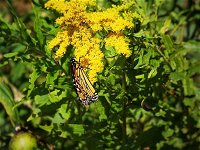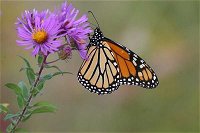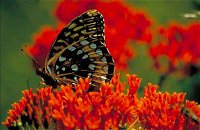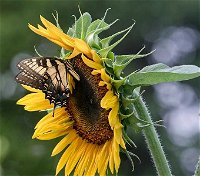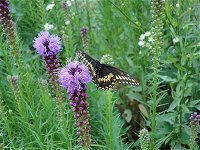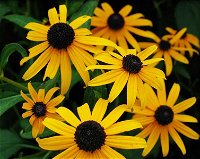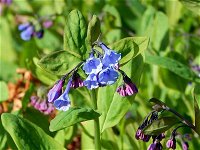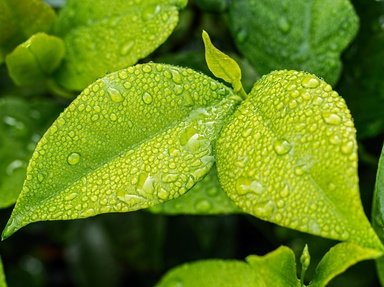
Missouri Nectar! Trivia Quiz
Butterfly Gardening
Have you ever wished that you could attract more butterflies to your yard? Well, in order to do that, you must cultivate both host plants and nectar plants. See if you can identify these nectar plants using one of their common names!
by ponycargirl.
Estimated time: 3 mins.
- Home
- »
- Quizzes
- »
- Science Trivia
- »
- Regional Botany
- »
- USA
